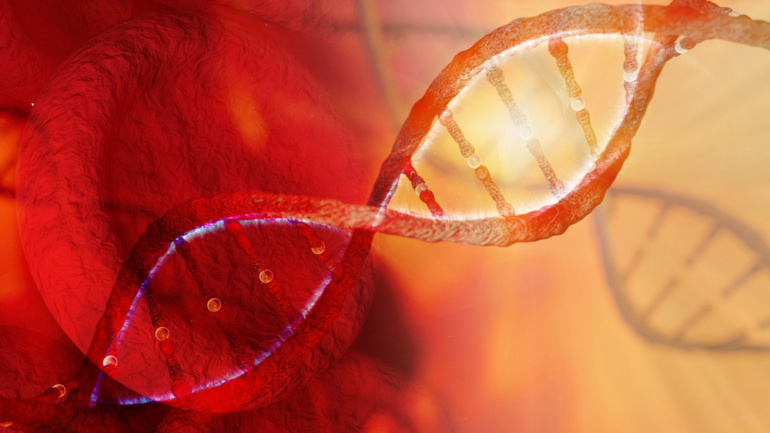If you have any of these symptoms, you do not necessarily have cancer. But you should see your doctor immediately for a thorough check-up.
LUNG
- Persistent cough
- Sputum streaked with blood
- Shortness of breath
- New onset of wheezing
- Recurrent pneumonia or bronchitis
- Hoarseness
- Chest pain that is often worse with deep breathing, coughing, or laughing
BREAST
- A lump or thickening in or near the breast or in the underarm that persists through the menstrual cycle
- A mass or lump in your breast, which may feel as small as a pea
- A change in the size, shape, or contour of the breast
- A blood-stained or clear fluid discharge from the nipple
- A change in the feel or appearance of the skin on the breast or nipple (dimpled, puckered, scaly, or inflamed)
- Redness of the skin on the breast or nipple
- An area that is distinctly different from any other area on either breast
- A marble-like hardened area under the skin
COLON AND RECTUM
- Having chronic diarrhea or constipation
- Feeling that your bowel does not empty completely
- Finding blood (either bright red or very dark) in your stools
- Finding that your stools are narrower than usual>
- Feeling frequent gas pains or cramps
- Losing weight for no known reason
- Feeling very tired all the time
- Having nausea or vomiting
PROSTATE
- Not being able to pass urine
- Having a hard time starting or stopping the urine flow
- Needing to urinate often, especially at night
- Weak flow of urine
- Urine flow that appears to start and stop on its own
- Pain or burning during urination
- Difficulty having an erection
- Blood in the urine or semen
- Frequent pain in the lower back, hips, or upper thighs
UTERUS, OVARY, AND CERVIX
- Abnormal vaginal bleeding, including bleeding after menopause
- Unusual vaginal discharge
- Enlargement of the abdomen
- Pelvic or abdominal pain—may also occur during intercourse
- Persistent indigestion, gas or nausea
SKIN
- Smooth, pearly or translucent lumps that may bleed or crust over
- Asymmetry — one half of a mole looks different than the other half
- Flat red spots that are scaly, crusty or smooth
- Border irregularity-the edges of a mole are ragged, blurred or notched
- Firm reddish lumps
- Color — the shade may vary from one part of the mole to the other
- Persistent, scaly, reddish or brownish patches on parts of the skin that have been exposed to the sun
- Diameter — the mole is larger than a pencil eraser
- Evolving — A mole or skin lesion that looks different from the rest or is changing in size, shape or color



